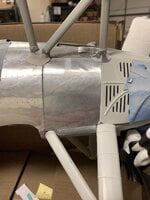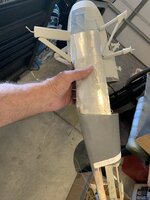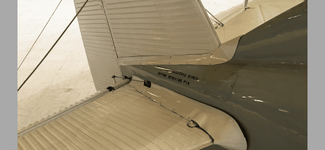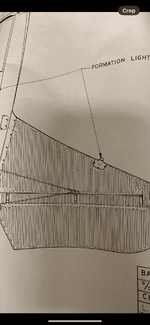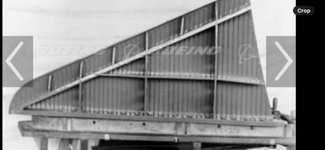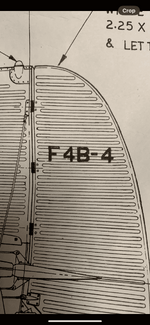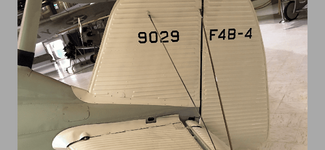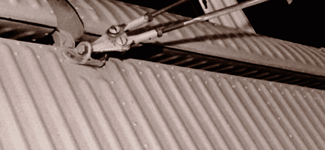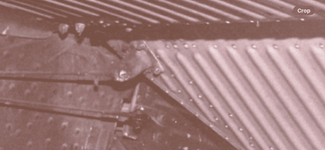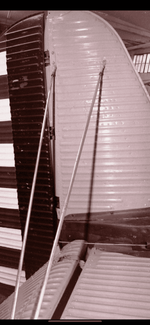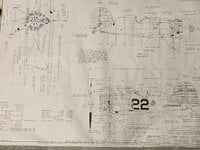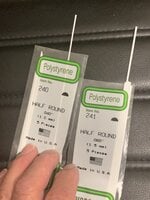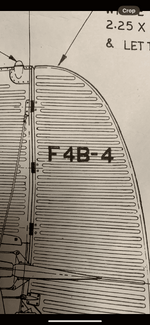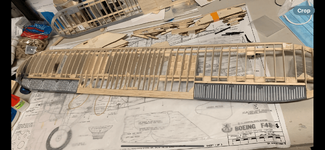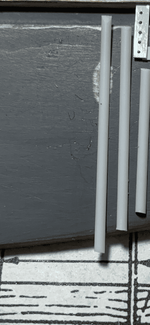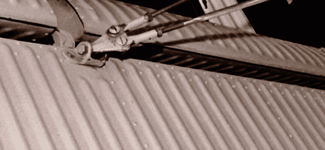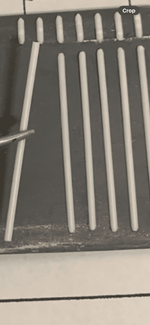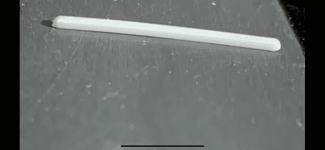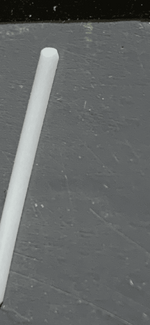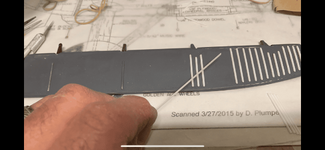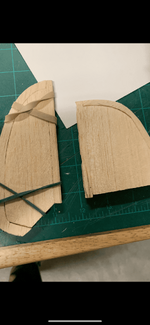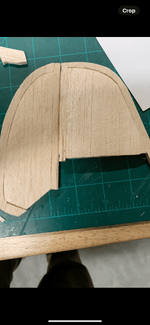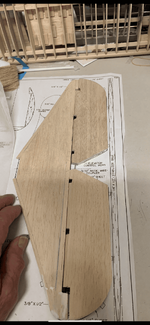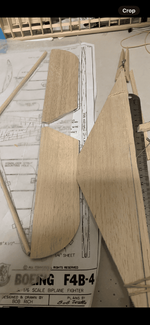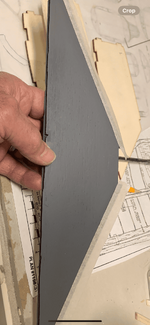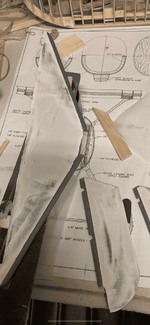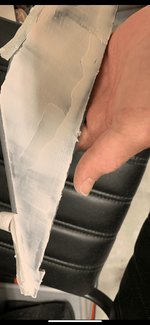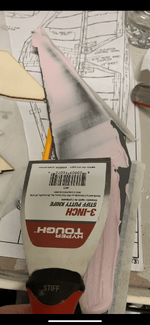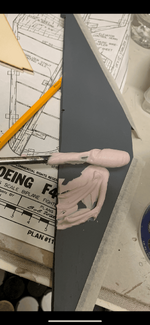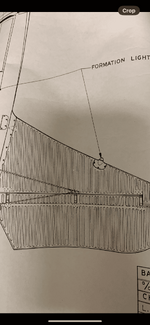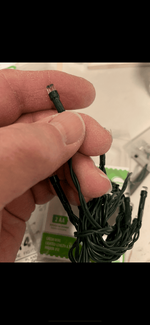Skyediamonds
Staff Sergeant
- 1,226
- May 26, 2018
Good afternoon everyone. I'm in the middle of scratching out a wooden 1/10th scale 36" top wingspan Boeing F4B-4. It's for display & will ultimately be given to my son.
Both wings are framed up & waiting to be covered. The corrugated tail feathers & ailerons are finished & waiting to be installed.
All that remains is the fuselage & it's associated cabane & landing gear struts & of course all of the accessories & attachments.
I'll start this modeling post with a couple of photos of the fuselage as it stands as of July 9, 2024.
Both wings are framed up & waiting to be covered. The corrugated tail feathers & ailerons are finished & waiting to be installed.
All that remains is the fuselage & it's associated cabane & landing gear struts & of course all of the accessories & attachments.
I'll start this modeling post with a couple of photos of the fuselage as it stands as of July 9, 2024.

